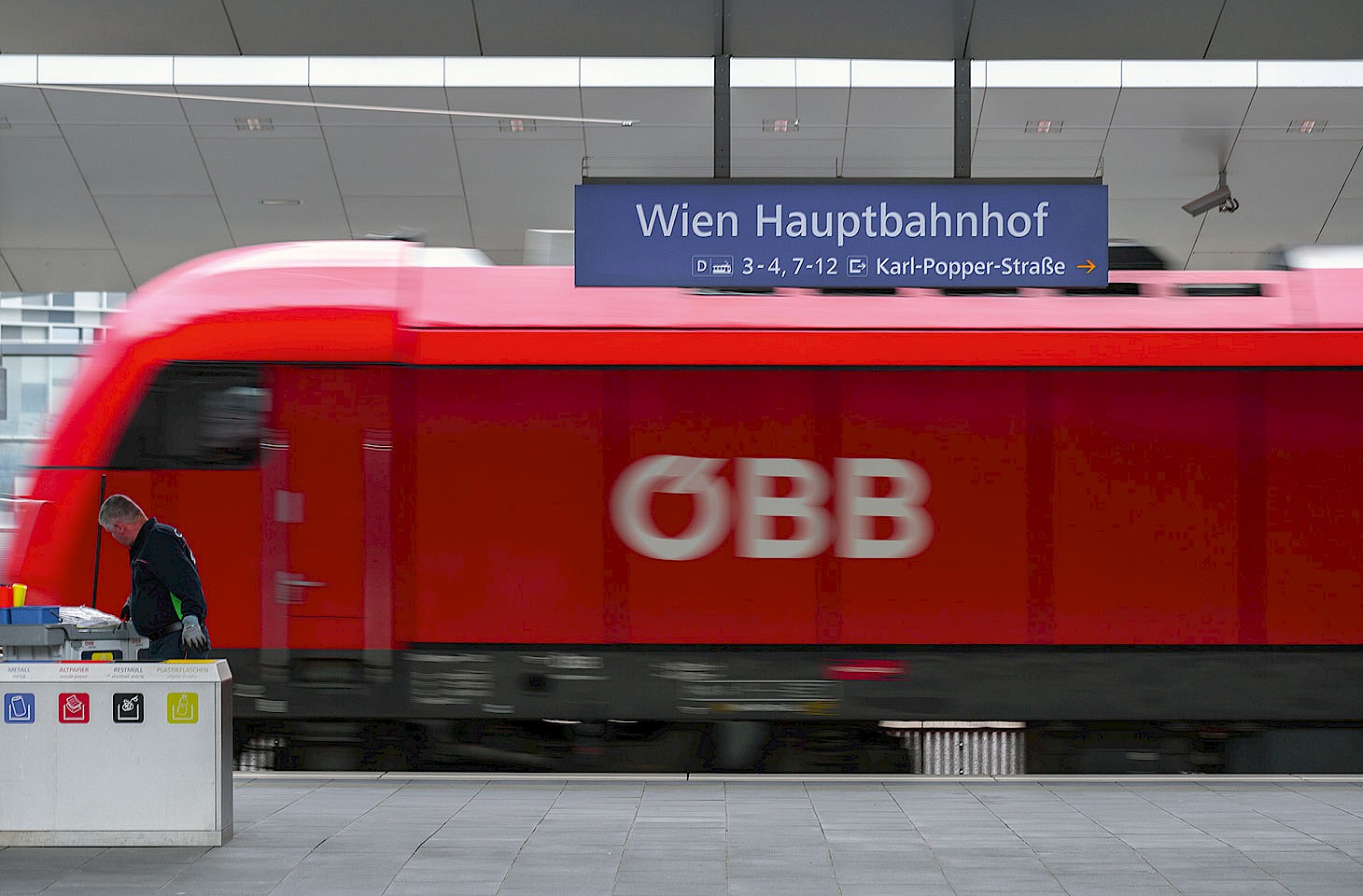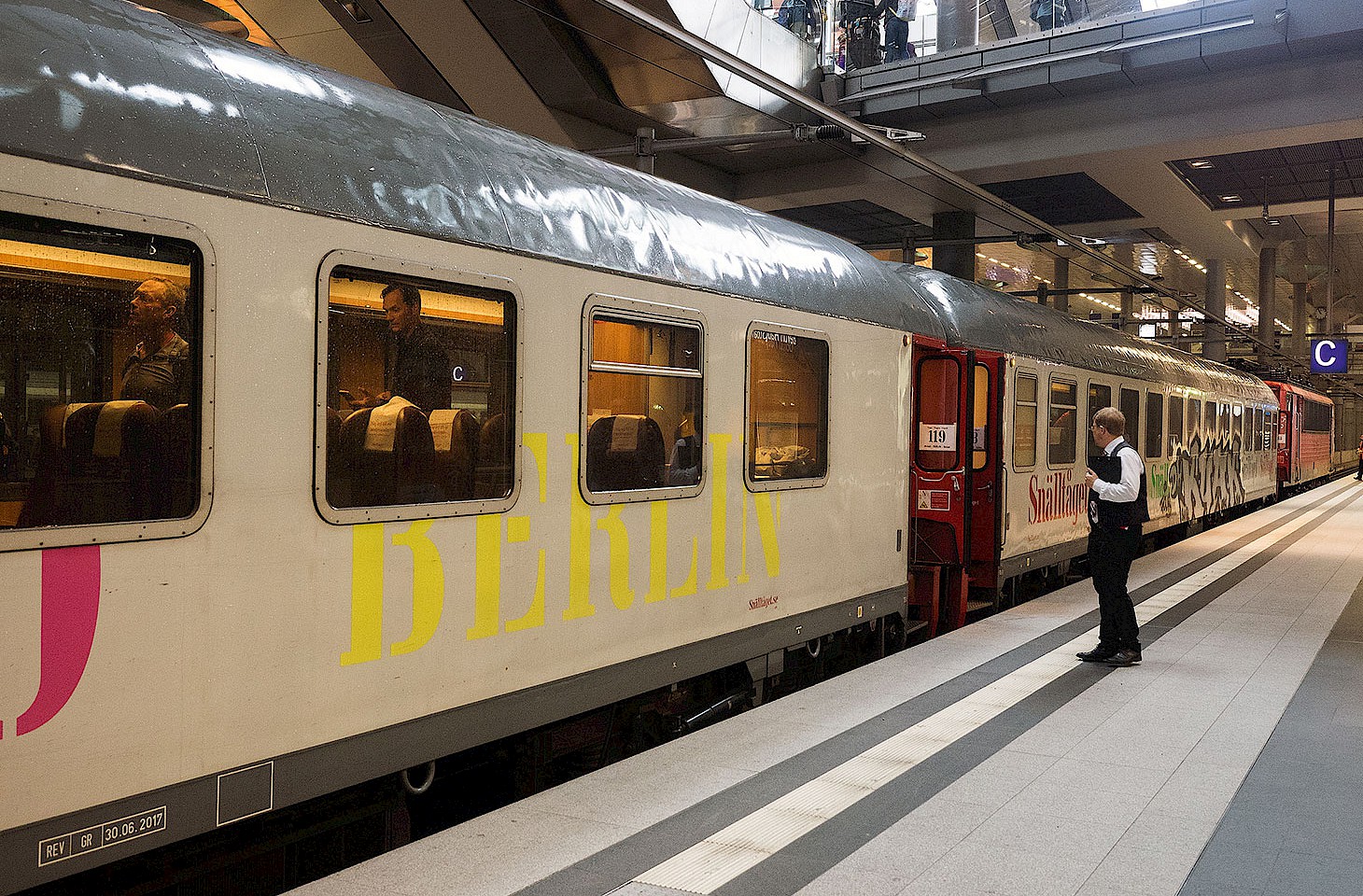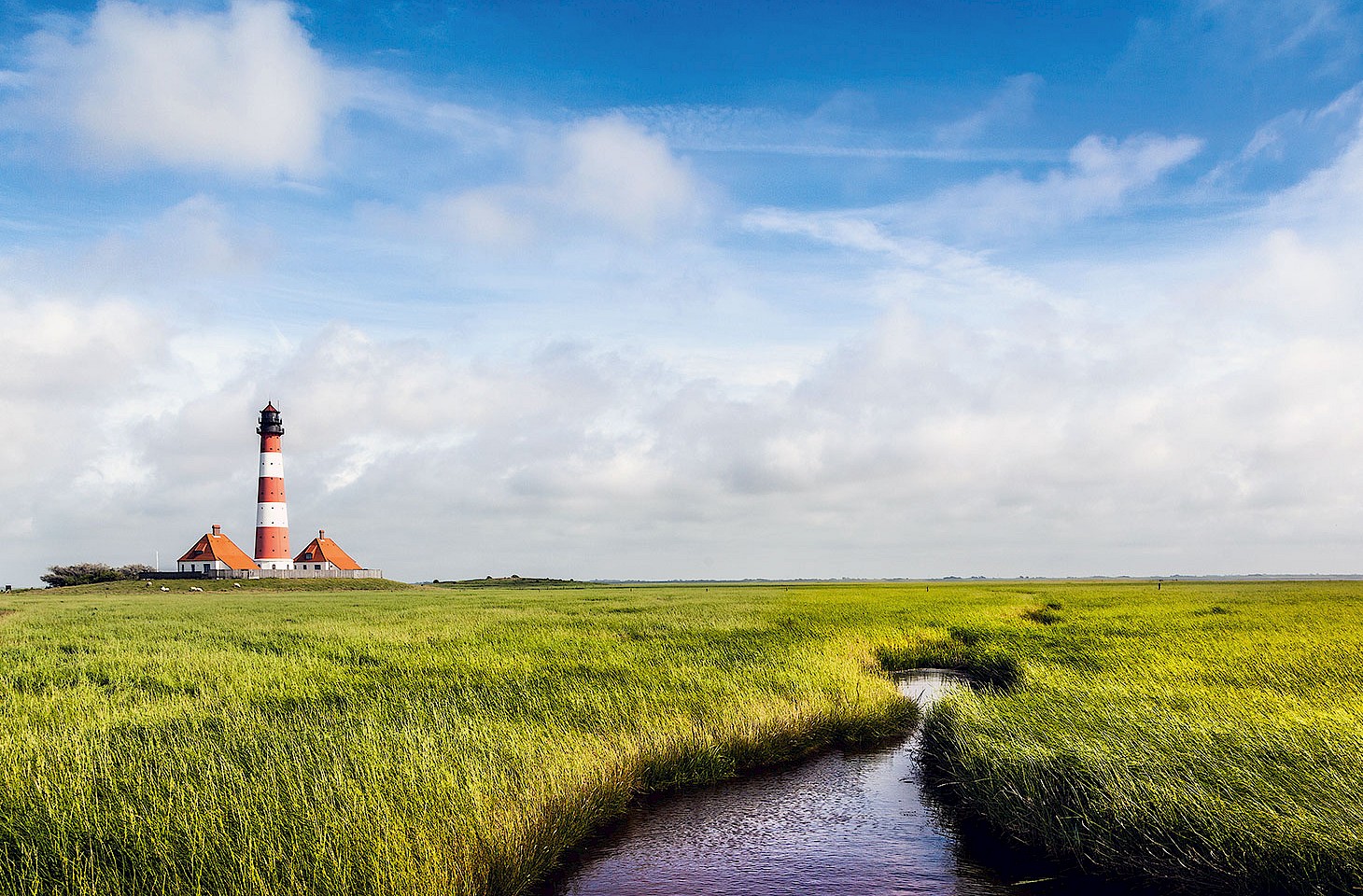Dear fellow travellers
These fine summer days are a time to explore the rural hinterland of Germany's Baltic coast. There is a delicate beauty in the undulating country behind the old port city of Wismar. Low ranges of wooded hills, frequent lakes and quiet country lanes all make the area utterly compelling. And there's a touch of history too with ancient dolmens and menhirs hidden away in the forest. Near the tiny village of Jamel is a megalithic passage grave.
Cut to Jamel itself . . . the place is down-at-heel, many of its buildings derelict, others in a sorry state of disrepair. A man with a shaved head and a dog patrols the road into the village. It is hard to say which of the two look the more menacing. Jamel hits the headlines for all the wrong reasons. This is a village where many of the inhabitants are committed neo-Nazis. "Too many single men there, too many men whose political ideology is as barren as their bald heads," quips a woman in Barendorf, a hamlet just a short walk from Jamel.
Nazi connections
Driving into Jamel last autumn, the community's extreme views were more evident than they are this summer. A sign at the entrance to the village proclaimed Jamel to be 'frei - sozial - national'. Chilling words rendered in an antique script that recalls Nazi rhetoric of the late 1930s. Wooden signposts in Jamel showed the distance to lost cities of the Third Reich, such as Königsberg and Breslau, while another fingerpost reveals that Jamal is 855 km from Braunau-am-Inn, the small town in Upper Austria where Adolf Hitler was born.
Combatting extremism
The civic authorities in the district where Jamel is located had for years hardly ventured into this wayward village. But this spring they took the initiative and forcibly removed some of the more inflammatory signage that greeted visitors to Jamel. One weekend earlier this month, over thirty local artists from Wismar and elsewhere in the region staged an impromptu open-air art exhibition in Jamel. 'Art for democracy and tolerance', was the slogan for an event that successfully attracted to Jamel many visitors who would normally never have dared to stop in the village.
Jamel has not been entirely forsaken to extremists. Birgit and Horst Lohmeyer have withstood every attempt to intimidate them into leaving the village. Birgit is a writer and Horst a musician. Their neighbours judge Horst and Birgit to be irritant elements in a village that unites around a neo-Nazi ideology. But the couple have had the courage to stay in the place they call home.
Jamel is more run-down than many other villages in eastern Germany, but like many in the region it still has the capacity to look appealing in summer sunshine. There are storks' nests and cherry trees. The provocative signposts have gone - at least for now. But it does leave us wondering just how many other Jamels there might be tucked away in the German countryside.
Nicky Gardner and Susanne Kries
(editors, hidden europe magazine)




